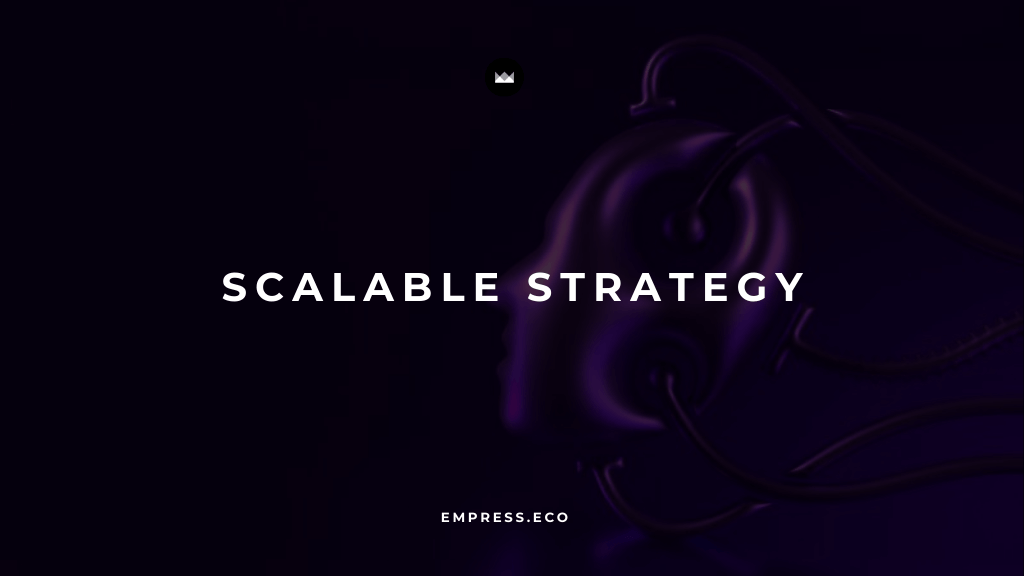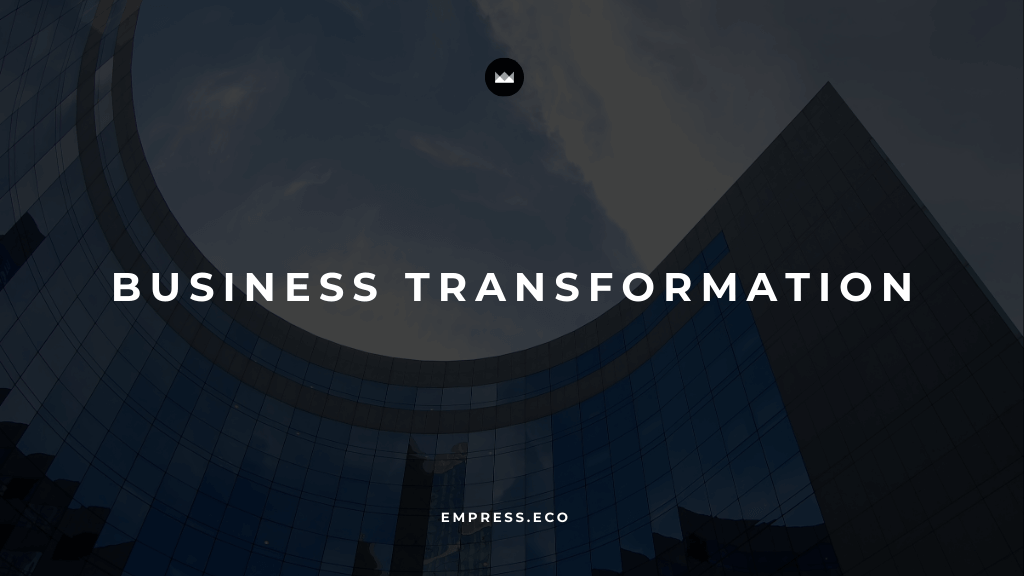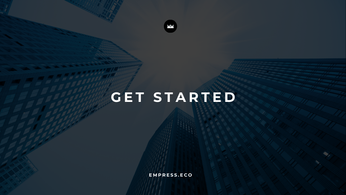
Build a Scalable Lead Generation Strategy for Long-Term Success with IRIS
Techniques for Supporting Business Growth at Every Stage
Table of Contents
In the fast-paced world of business, a scalable lead generation strategy is essential for sustained growth. Whether you're a startup, a small business, or a large corporation, having a robust and adaptable lead generation pipeline can help you attract and convert potential customers efficiently. This blog explores key techniques for building a scalable lead generation strategy that supports business growth at every stage.
Understanding Scalable Lead Generation
Scalable lead generation involves creating processes and systems that can handle increasing volumes of leads without compromising quality or efficiency. This approach ensures that as your business grows, your lead generation efforts can expand seamlessly to meet rising demand.
Benefits of a Scalable Lead Generation Strategy
Consistent Growth
A scalable lead generation strategy ensures a steady flow of leads, supporting consistent business growth. It allows you to maintain momentum and capitalize on new opportunities as they arise.
- Steady Pipeline: A consistent influx of leads ensures your sales pipeline remains robust, enabling ongoing business development and revenue growth.
Optimized Resource Allocation
By automating and streamlining lead generation processes, businesses can allocate resources more effectively. This optimization reduces manual workload and enables teams to focus on high-value activities.
- Efficiency Gains: Automation frees up your team to concentrate on strategic tasks rather than repetitive administrative work.
Enhanced Efficiency
Scalable strategies leverage technology and data to improve efficiency. Automated workflows, targeted marketing, and data-driven insights help businesses generate leads faster and more accurately.
- Streamlined Processes: Efficient systems reduce lead response times and improve the overall quality of lead management.
Key Techniques for Building a Scalable Lead Generation Strategy
Invest in Marketing Automation
Marketing automation is a cornerstone of scalable lead generation. Automation tools can handle repetitive tasks such as email marketing, lead scoring, and follow-ups, freeing up valuable time for your team.
- Automated Email Campaigns: Trigger personalized emails based on lead behavior and engagement.
- Lead Scoring: Automatically score and prioritize leads based on predefined criteria.
- Optimized Timing: Use behavioral data to determine the best times for outreach.
Research shows that companies using marketing automation see higher lead volumes and conversion rates, with 80% of users reporting an increase in leads and 77% seeing an increase in conversions.
Leverage Social Media
Social media platforms offer powerful tools for scaling lead generation. Automated posting, targeted ads, and algorithm-driven content distribution can help you reach a wider audience.
- Automated Posting: Schedule posts to maintain a consistent presence without manual effort.
- Targeted Ads: Use platform-specific targeting capabilities to reach your ideal audience.
- Engagement: Build a large following and engage with potential leads through interactive content.
Social media helps brands scale their lead generation efforts cost-effectively, even allowing smaller brands to build substantial followings.
Optimize Content for Search
Search engine optimization (SEO) is crucial for visibility and lead generation. By optimizing your content for search engines, you can attract organic traffic from potential leads.
- Keyword Optimization: Use relevant keywords to improve search rankings.
- High-Quality Content: Create valuable content that addresses the needs and challenges of your target audience.
- Link Building: Build backlinks to increase domain authority and improve search visibility.
More than 90% of online experiences start with a search engine, making SEO a vital component of any scalable lead generation strategy.
Repurpose High-Performing Content
Repurposing existing content can extend its lifespan and reach new audiences. This approach maximizes the ROI on content creation.
- Webinar Recordings: Turn webinars into on-demand content to generate leads over time.
- Blog Posts from Podcasts: Convert podcast episodes into blog posts to drive traffic and engagement.
- How-To Videos: Create instructional videos from popular blog content.
Repurposing content helps maintain a steady flow of leads without the constant need for new content creation.
Utilize Data Analytics
Data analytics provides valuable insights into lead behavior and campaign performance. By leveraging data, businesses can make informed decisions and continuously optimize their lead generation efforts.
- Lead Conversion Rates: Measure the percentage of leads that convert to customers.
- Cost Per Lead (CPL): Track the cost-effectiveness of your lead generation efforts.
- Engagement Metrics: Monitor how leads interact with your content and campaigns.
Data-driven insights enable businesses to refine their strategies and improve overall efficiency.
Overcoming Challenges in Scalable Lead Generation
Ensuring Data Quality
High-quality data is essential for effective lead generation. Invest in data cleansing and enrichment processes to maintain accurate and up-to-date information.
- Regular Audits: Conduct regular data audits to identify and rectify inaccuracies.
- Data Enrichment: Supplement your data with additional information to provide a comprehensive view of your leads.
Balancing Automation and Personalization
While automation enhances efficiency, maintaining a personal touch is crucial for building relationships. Balance automated communications with personalized interactions to foster trust and engagement.
- Hybrid Approach: Use automation for routine tasks but personalize high-value touchpoints to build stronger connections.
Managing Resource Constraints
Scaling lead generation can be resource-intensive. Ensure you have the necessary tools and team members to manage and optimize your efforts effectively.
- Strategic Investment: Allocate budget and resources strategically to ensure your team is equipped to handle increased lead volumes.
Case Studies: Successful Scalable Lead Generation
IBM’s Automated Lead Scoring
IBM implemented automated lead scoring to prioritize high-potential leads, resulting in a 30% increase in lead conversion rates and improved sales efficiency.
Airbnb’s Social Media Strategy
Airbnb uses automated social media campaigns to engage with potential hosts and guests, significantly enhancing lead nurturing and conversion rates.
Conclusion
Building a scalable lead generation strategy is essential for supporting business growth at every stage. By investing in marketing automation, leveraging social media, optimizing content for search, repurposing high-performing content, and utilizing data analytics, businesses can create a robust and adaptable lead generation pipeline.
As the business landscape continues to evolve, adopting scalable lead generation techniques will be crucial for maintaining a competitive edge and achieving sustained growth. By overcoming challenges and continuously optimizing your efforts, you can ensure that your lead generation strategy supports your business goals and drives long-term success.
Empress Newsletter
Join the newsletter to receive the latest updates in your inbox.







